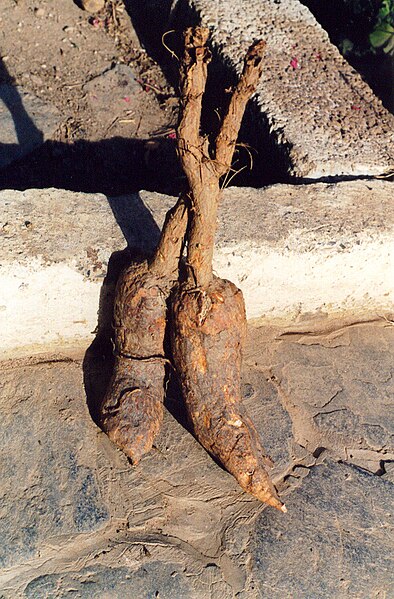Seeing as this is a fantasy world, some edible things are
not only normal Muggle food. This is made clear in the Chamber of Secrets. Due to the ever-growing number of people
that were being petrified (which is essentially a coma, but they are frozen in
the position that they became petrified), a potion had to be brewed to revive
them. The importance of this potion is unknowingly introduced to the readers
and the characters in a Herbology class.
The students of this class learn about many different plants,
particularly magical ones, and their properties. In the Chamber of Secrets, Harry and his classmates have moved their
classes to Greenhouse Three, in which “far more interesting and dangerous plants” are kept (70). The
students change to different greenhouses for their lessons as they are
subsequently moving up a level in their knowledge. In Greenhouse Three, it
seems to be expected that there will be more poisonous and damaging plants that
they have dealt with before, as also more dangerous than non-magical plants. In
addition, I think it is interesting that their professor is called Madam Sprout.
Her name suits her profession; she teaches herbology and her name is a
vegetable. I was amused by this connection that J.K Rowling made.
In their third year, the students are learning about
Mandrakes. Hermione gives a detailed answer to Madam Sprout’s question of what
Mandrakes are - “Mandrake, or
Mandragora, is a powerful restorative… it is used to return people who have
been transfigured or cursed, to their original state” (72). Professor Sprout
adds that “the Mandrake forms an essential part of most antidotes. It is, also,
dangerous” (72). In addition to this, Hermione also states that “the cry of a
Mandrake is fatal to anyone who hears it” (72). All of these features suggest
that it has a positive purpose as an antidote, but it has to be handle with
care.
A mandrake
is a real plant, and the roots are thought to resemble human figures and they
are used in magical rituals (in the Wicca and Odinism religions). Rowling has
played on these features and exaggerated them to make them even more magical
and to complement the fantasy genre.
 |
| This is an ordinary Mandrake Taken from: http://en.wikipedia.org/wiki/Mandrake_(plant) |
“Professor Sprout… grasped one of the tufty plants firmly, and pulled hard… instead of roots, a small, muddy and extremely ugly baby popped out of the earth. The leaves were growing right out of his head. He had pale green, mottled skin, and was clearly bawling at the top of his lungs” (72-3)
The plant
has clearly been personified here. Rowling has called it a ‘he’. It is as if
the Mandrake is being re-potted as a new born baby to another pot for it was
grow. This is further supported by “as our mandrakes are only seedlings, their
cries won’t kill you yet” (73). As these plants are not ordinary non-magical
plants and are constantly personified as they are referred to as growing, it
should not be a huge surprise that Rowling was going to play on this feature
even more:
“Professor Sprout wanted to fit socks and scarves on the Mandrakes, a tricky operation she would entrust to no one else, now that it was so important for the Mandrakes to grow quickly and revive Mrs Norris and Colin Creevy” (147-8)
“In March several of the Mandrakes threw a loud and raucous party in Greenhouse Three. This made Professor Sprout very happy. ‘The moment they start trying to move into each other’s posts, we’ll know they’re fully mature,’ she told Harry. ‘Then we’ll be able to revive those poor people in the hospital wing.’” (186)
In the first quote, the plants are being treated like children and dressed in clothes to keep warm. It is clear that Madam Sprout views these plants are her children as she is adamant that only she is fit to 'dress' the Mandrakes. In the second quote, the
Mandrakes are growing older and are currently at (what I assume is) their
adolescent years. Their partying and loud behaviour will change to them
discovering the other sex. The plants are presented as maturing, just like they
are human. Madam Sprout uses ‘maturing’, instead of growing or ripening. By
doing this, it makes the Mandrakes more human-like.
Rowling
doesn’t make it clear what the Mandrakes will taste like when they are in the
medicinal form. However, she does suggest that the Mandrakes will be cut (211).
So, here is
an unusual edible food (even if it is a medicine) that Rowling has included to
highlight the wide variety of magical ingredients and foods in this fantasy
world. The inclusion and importance of the Mandrake or other magical produce
demonstrates that their magical properties can be vital in aiding any magical
injuries that occur.
No comments:
Post a Comment